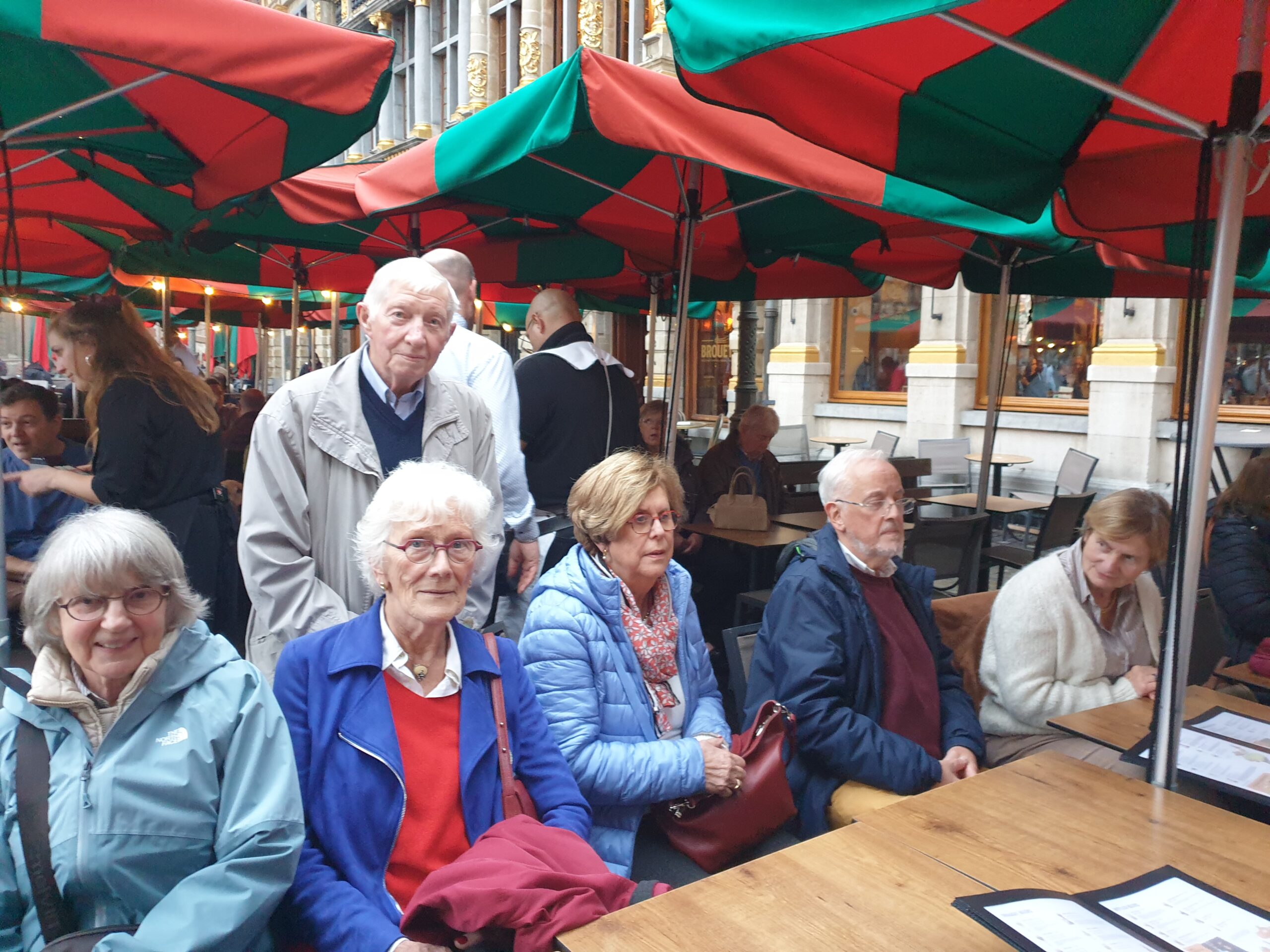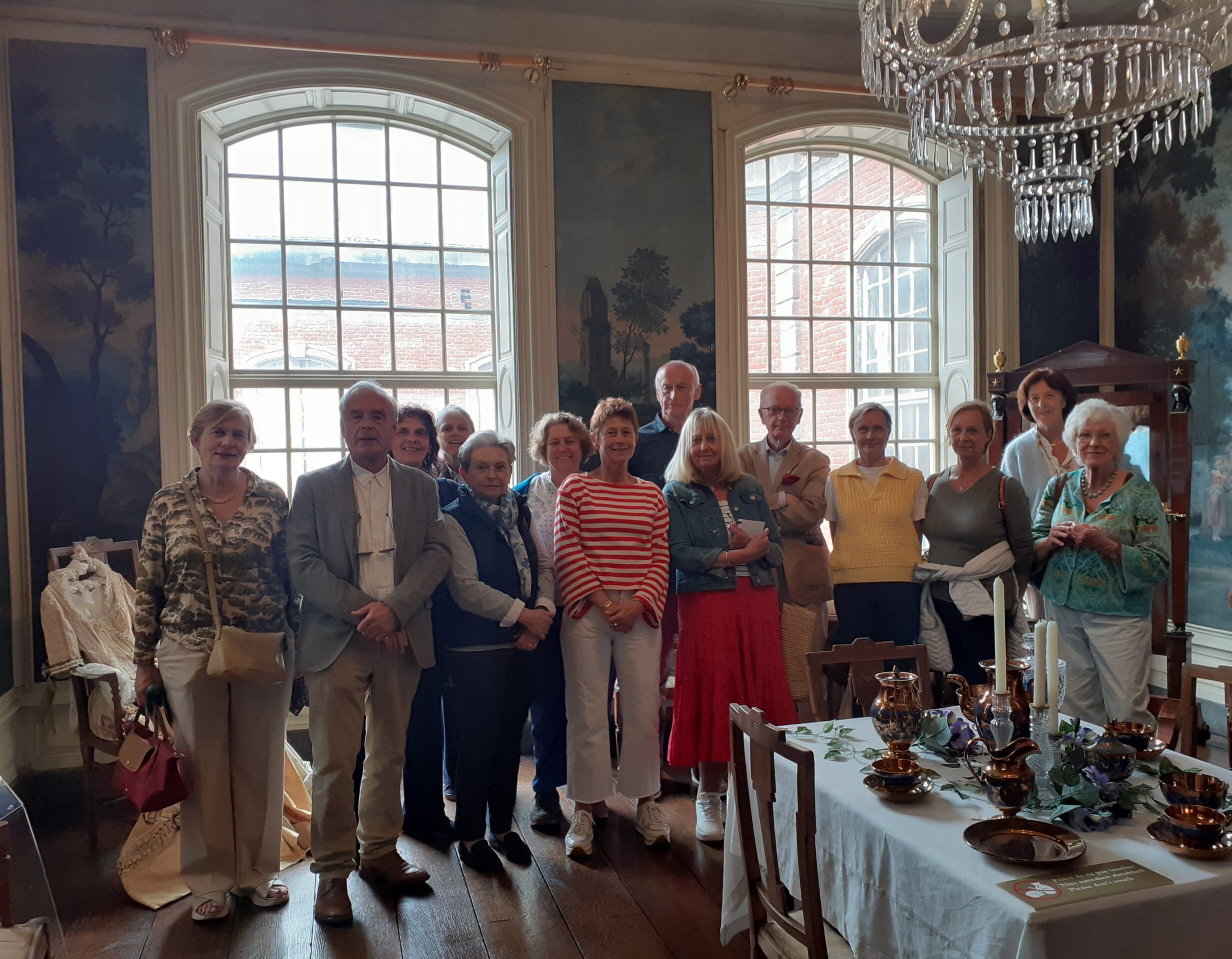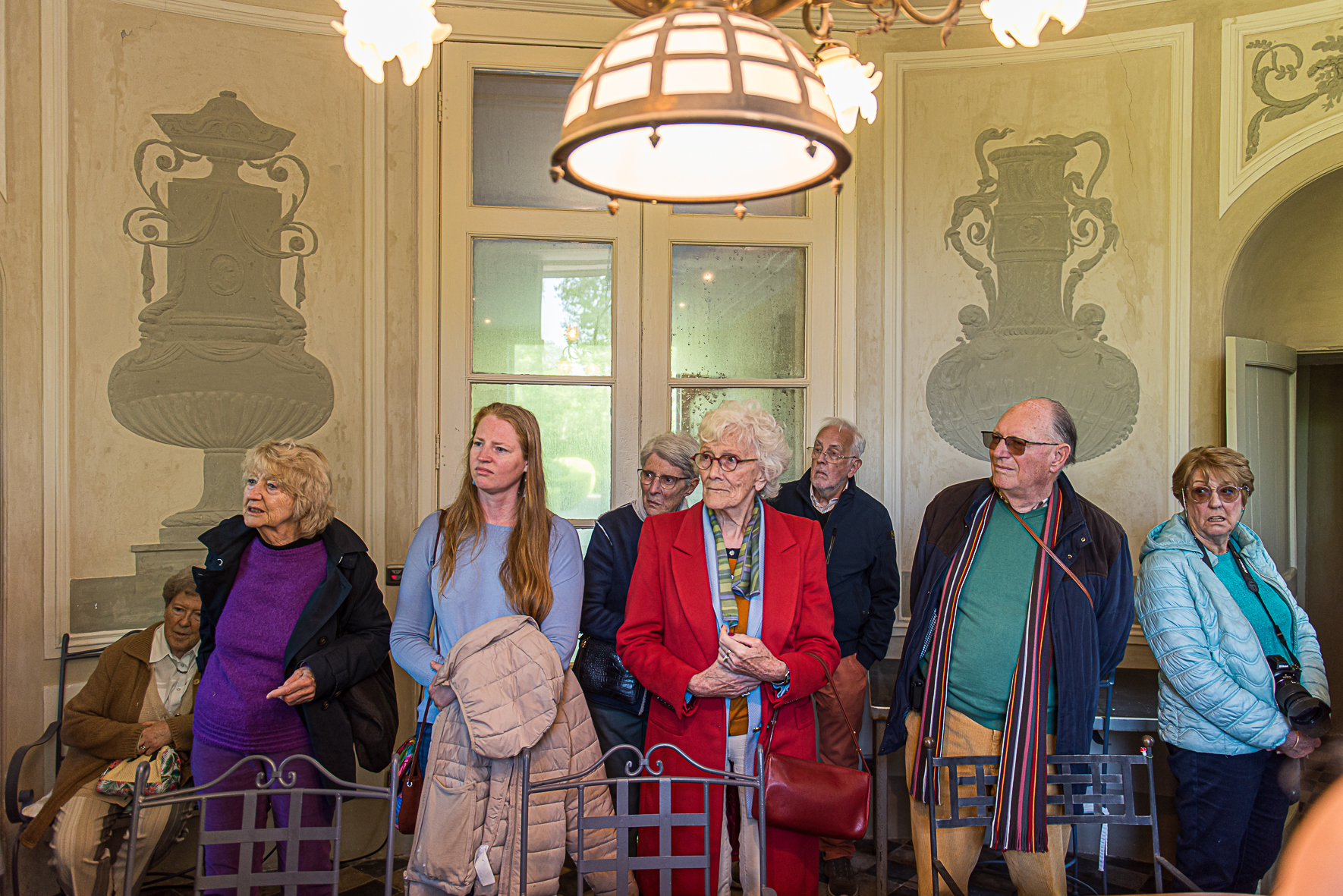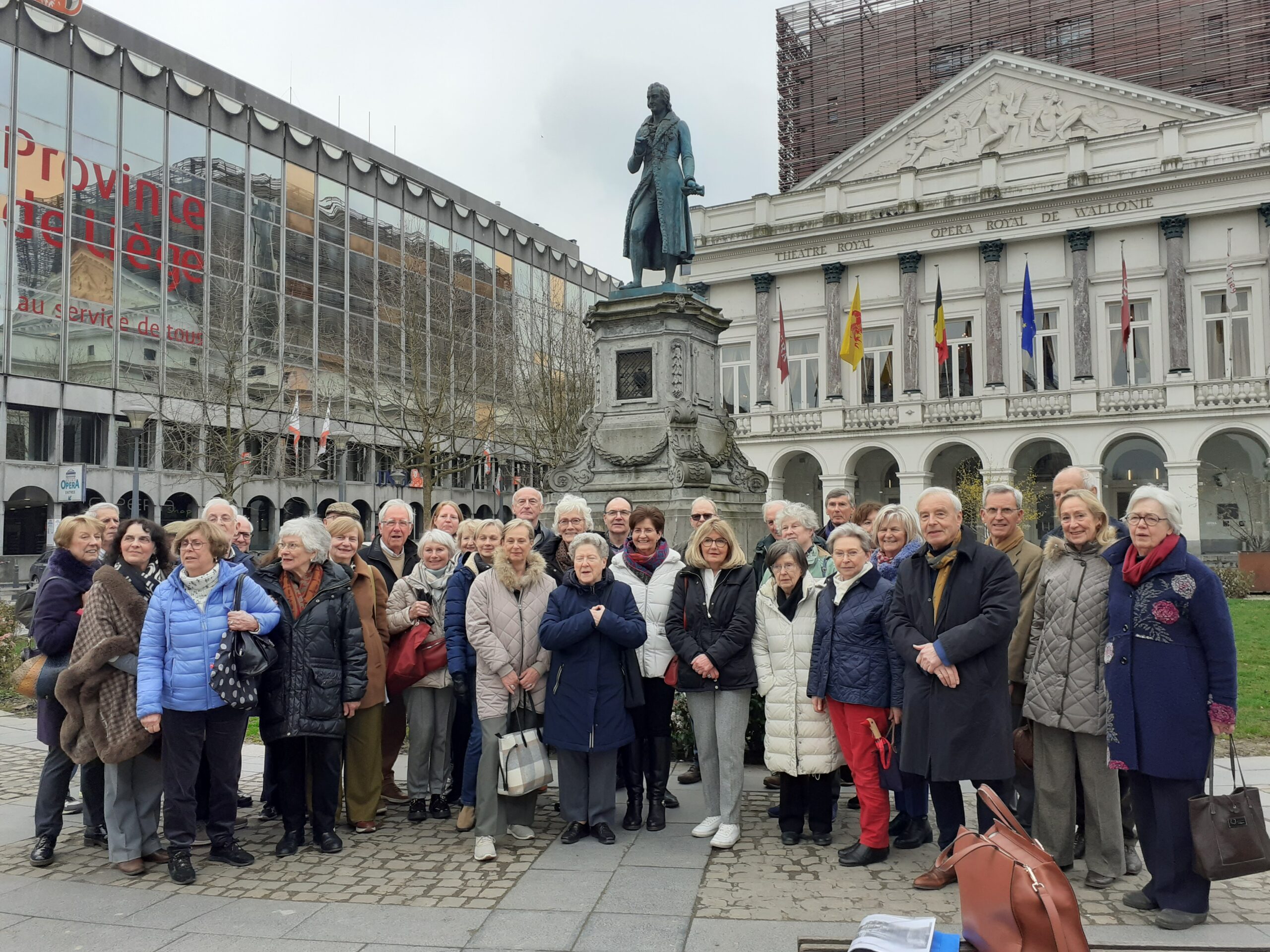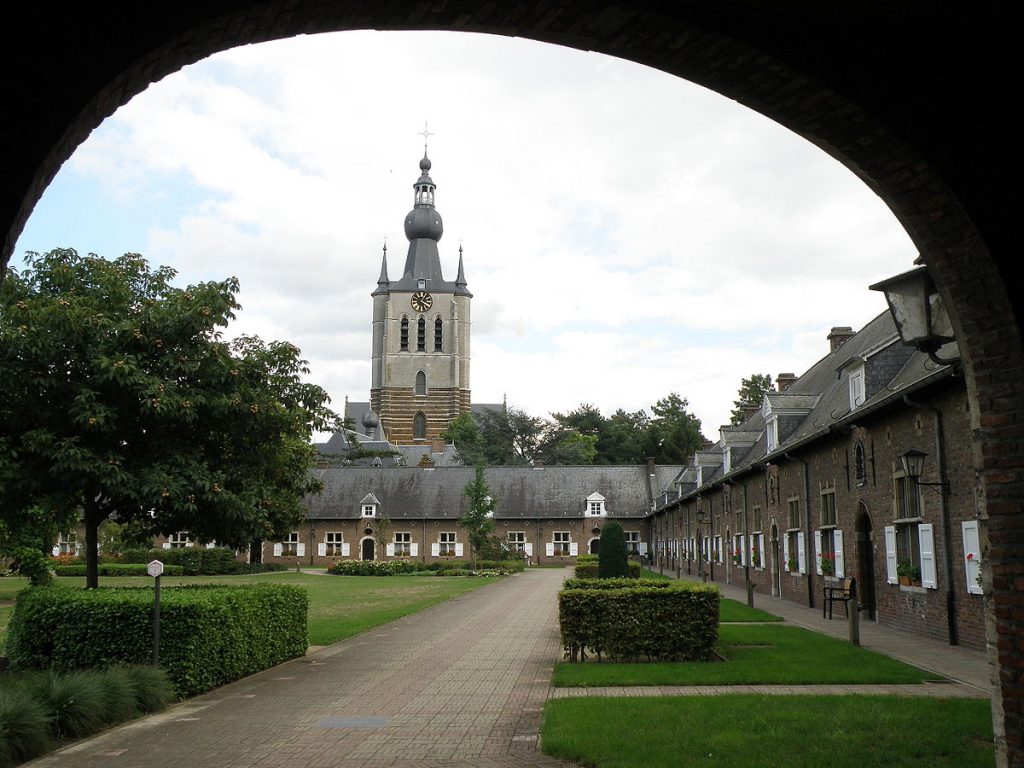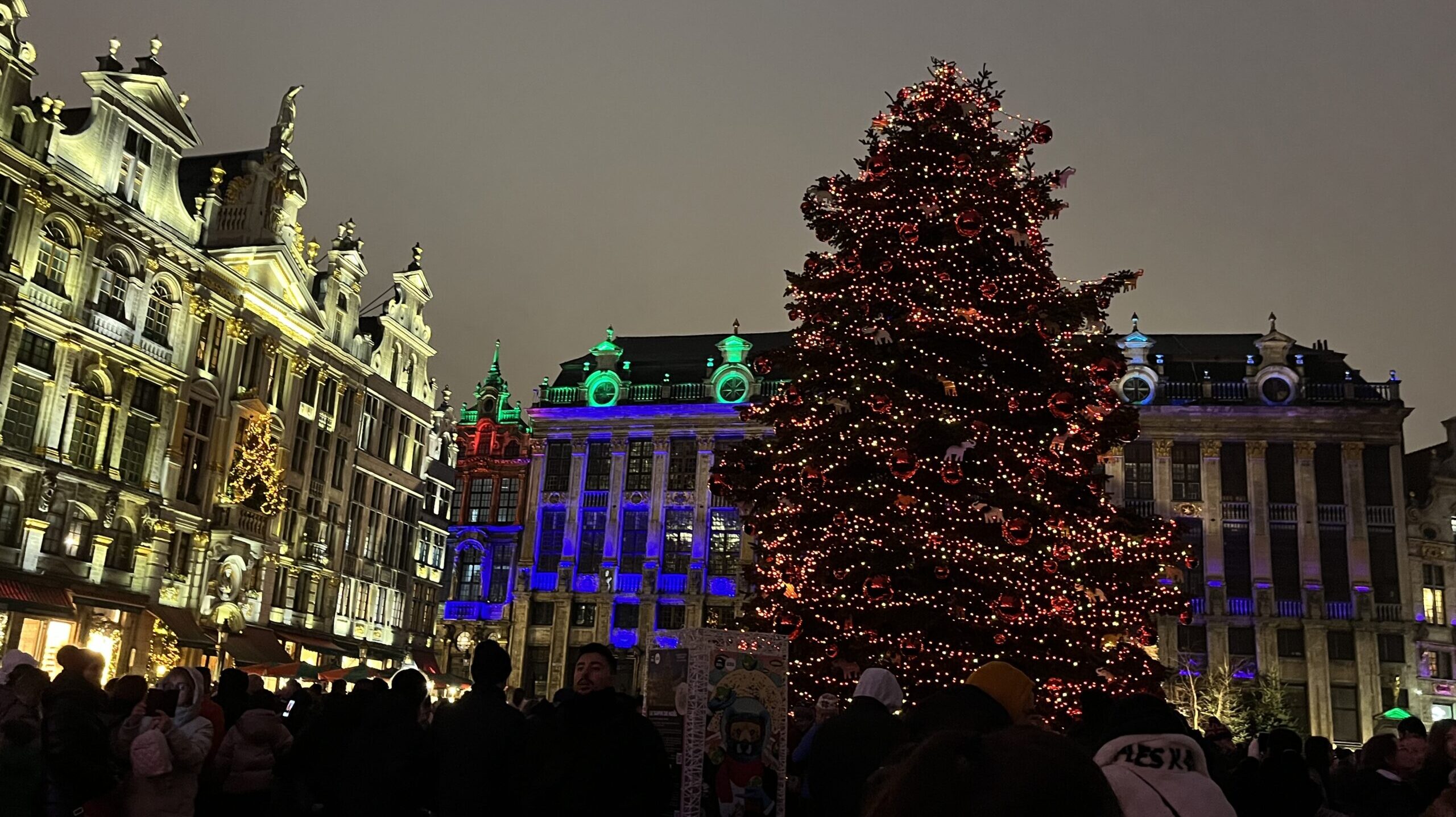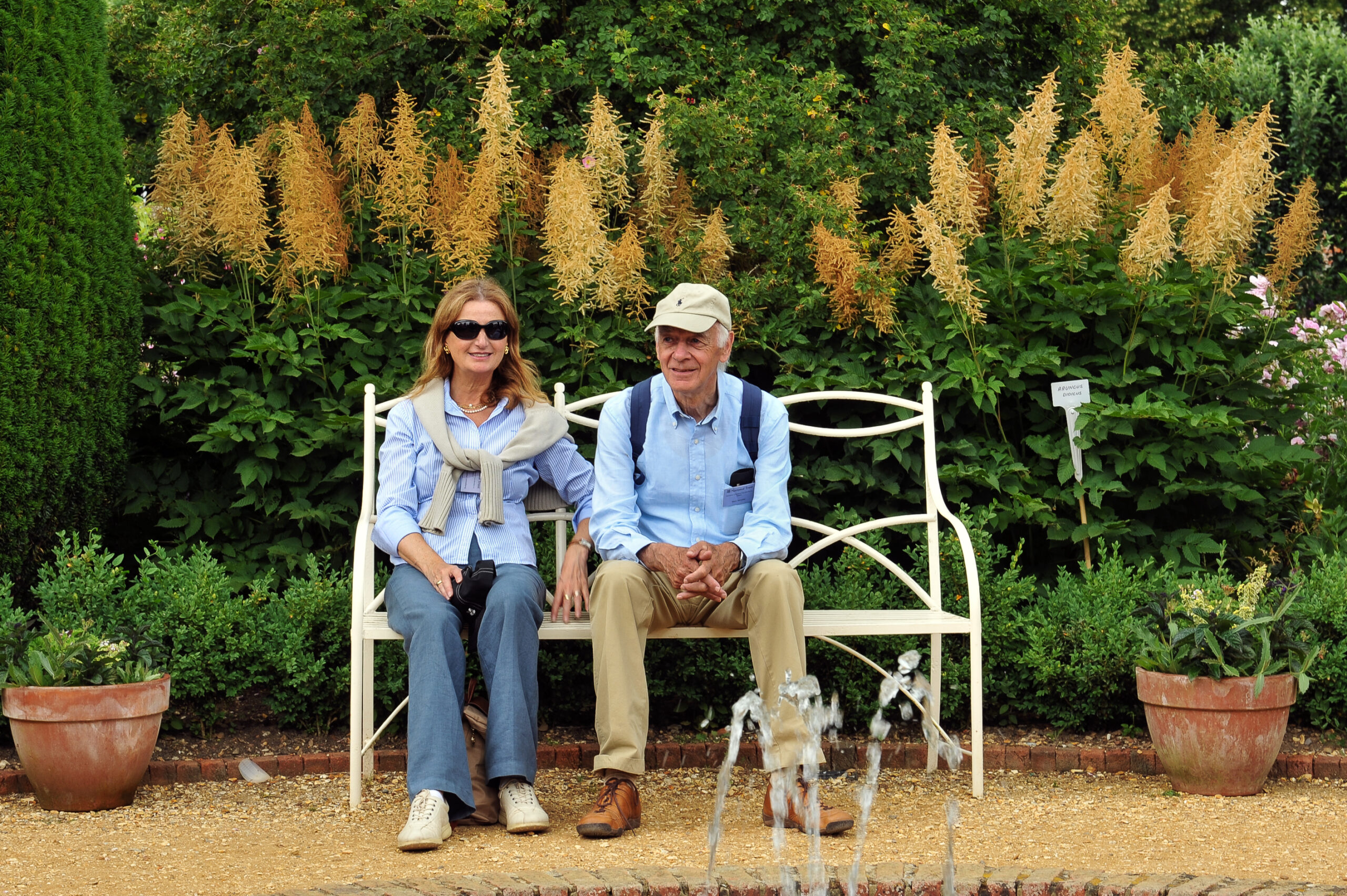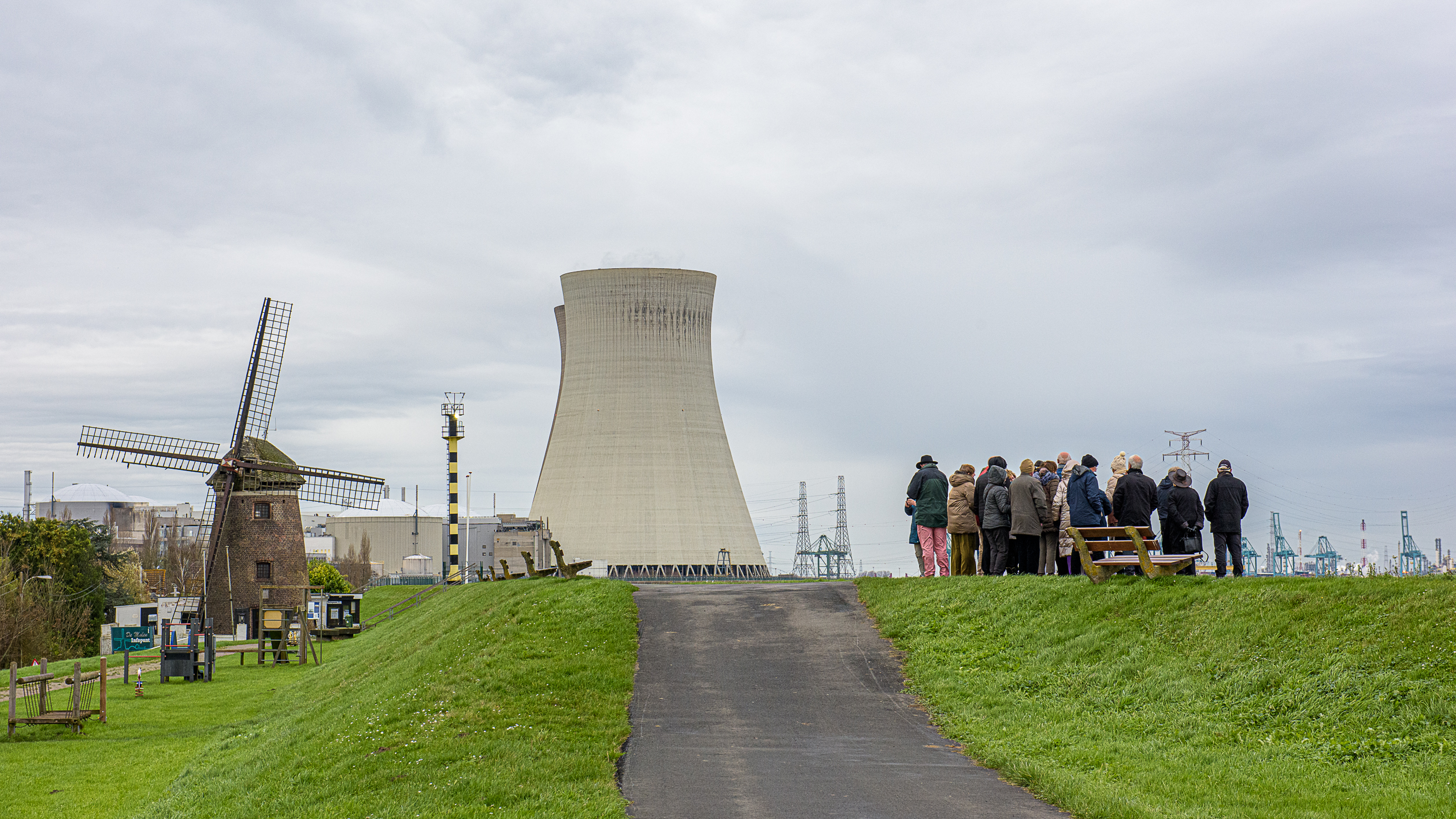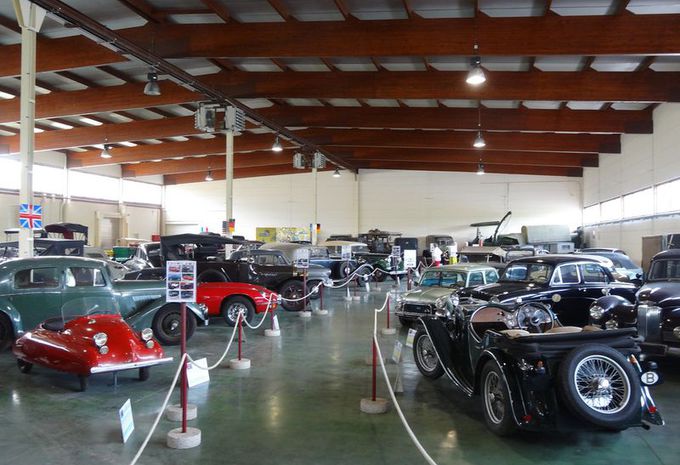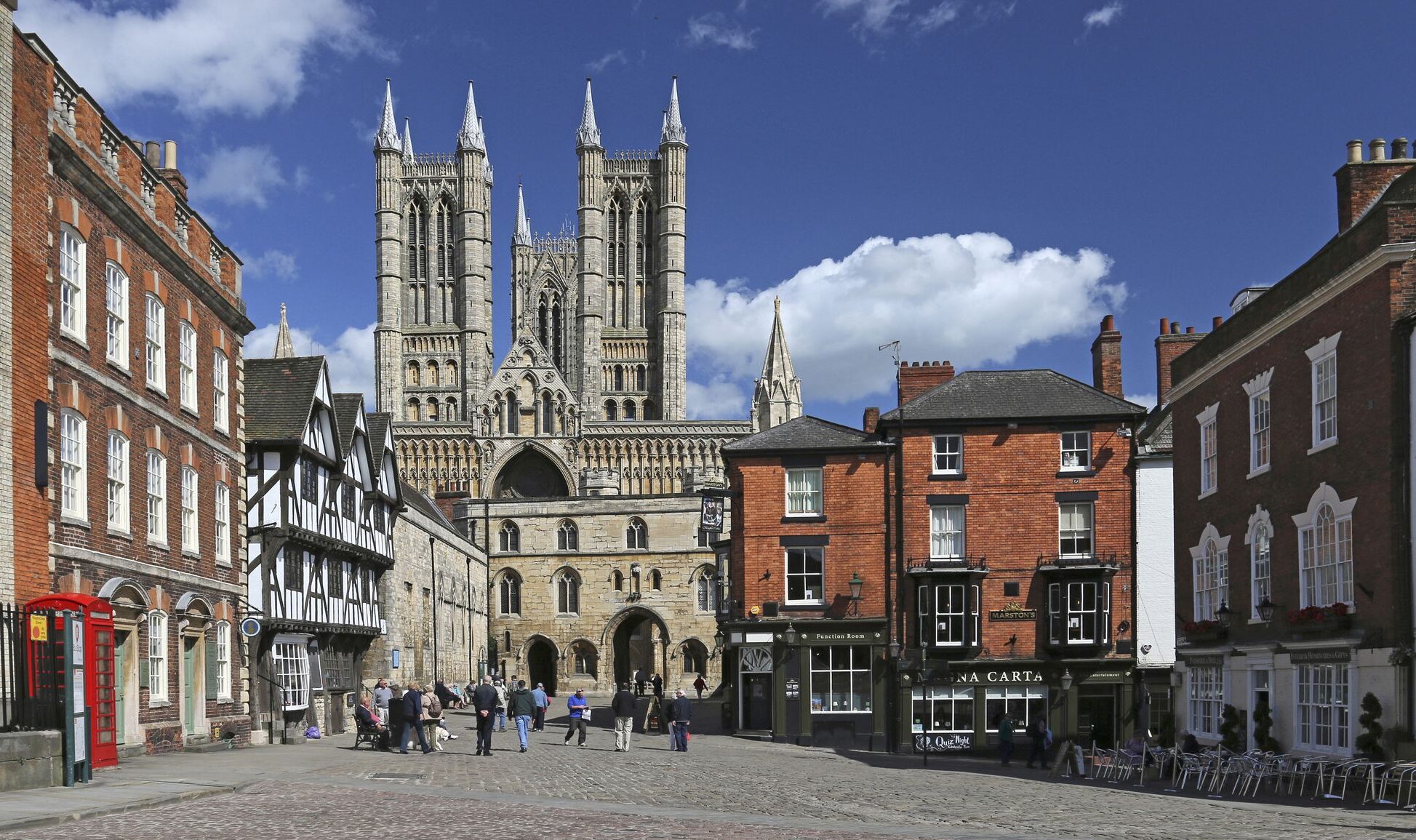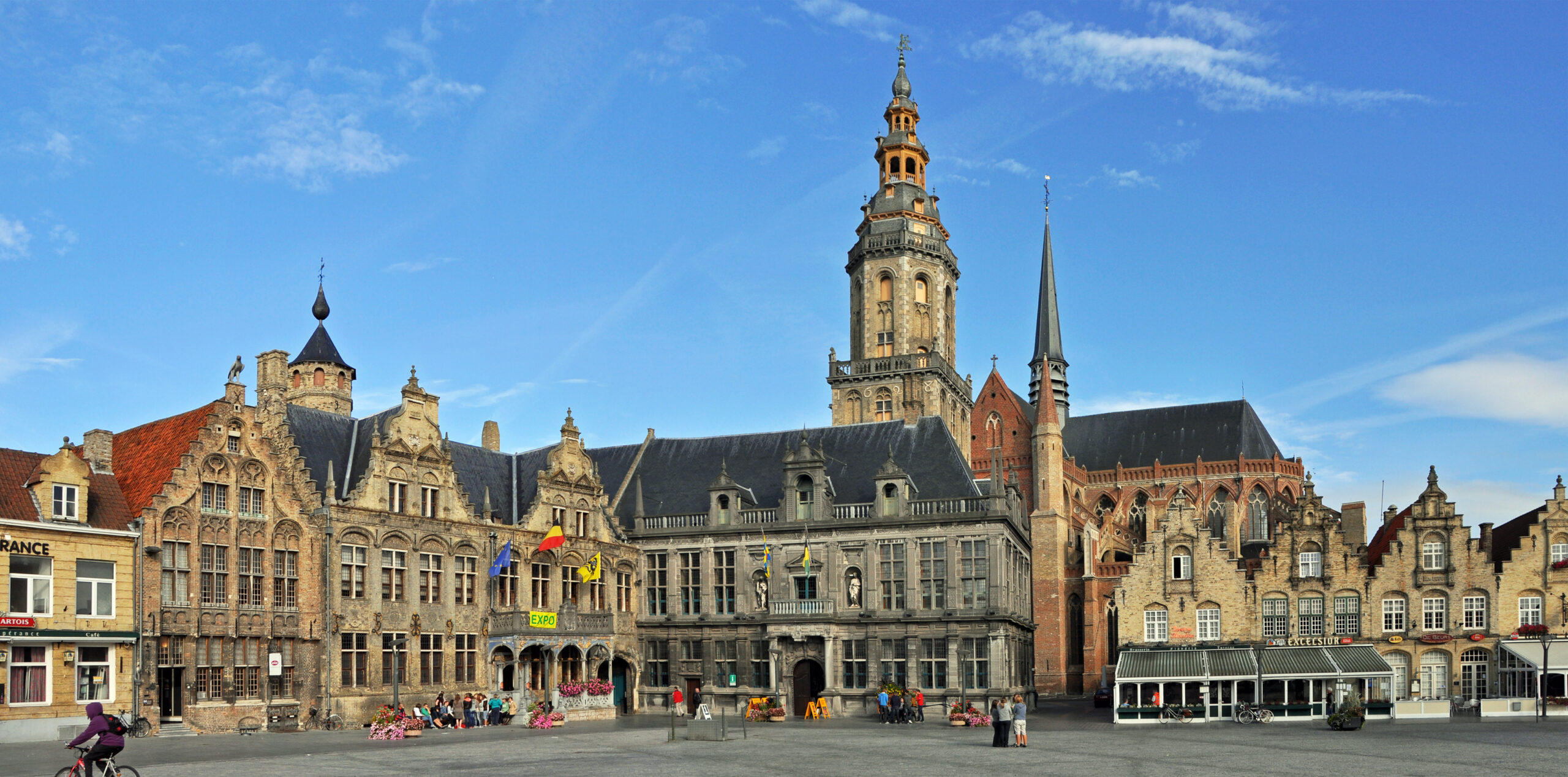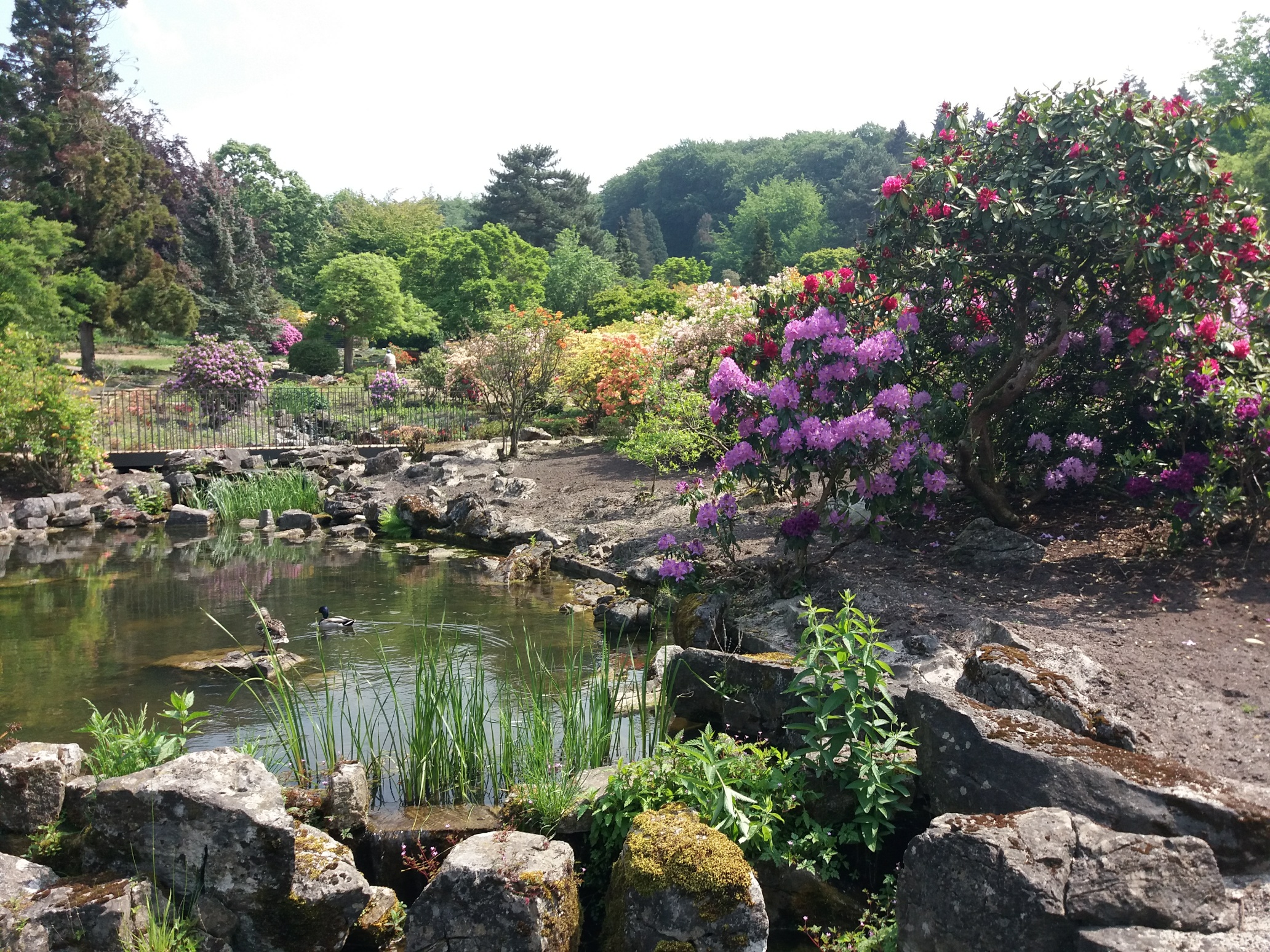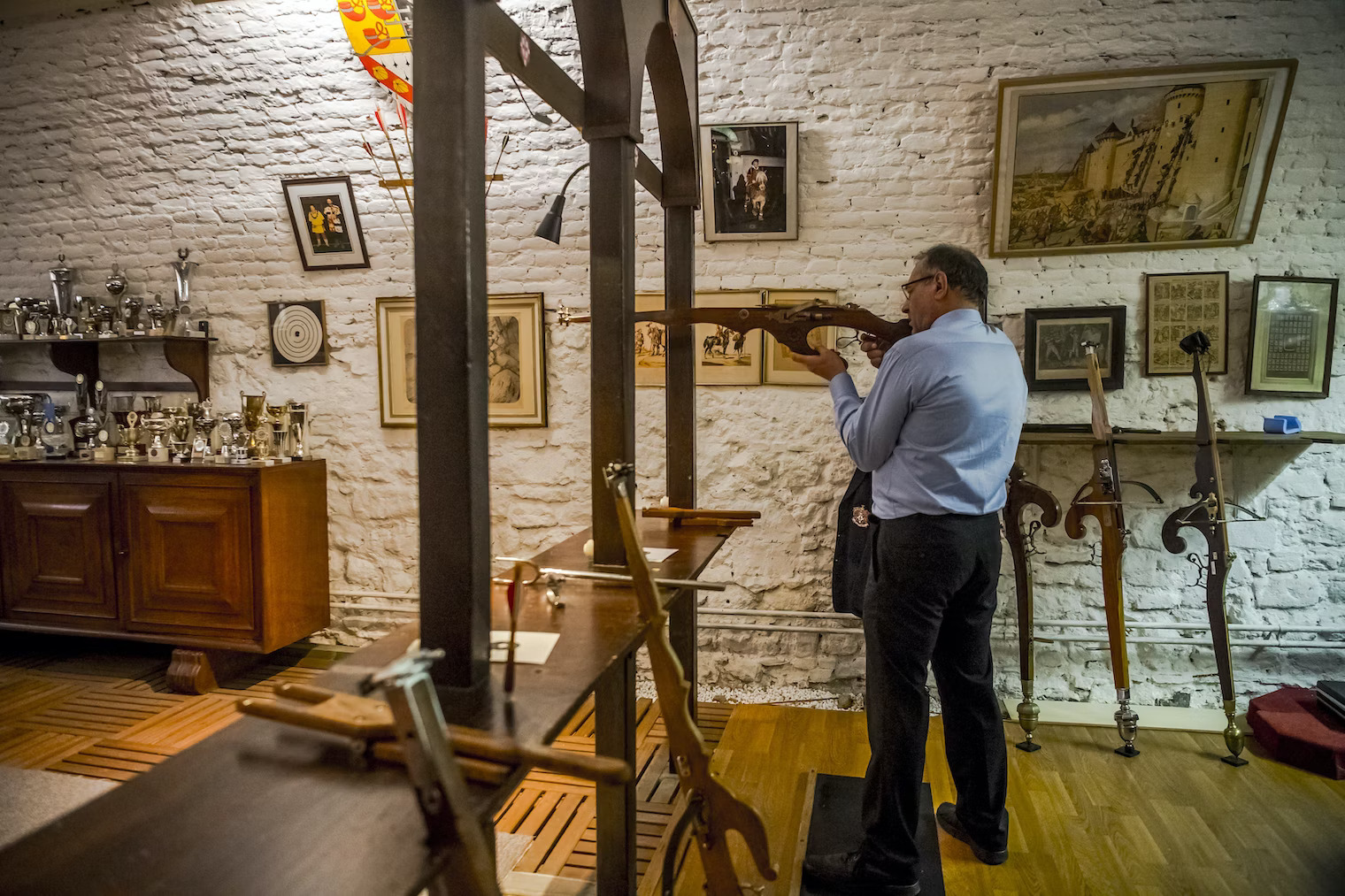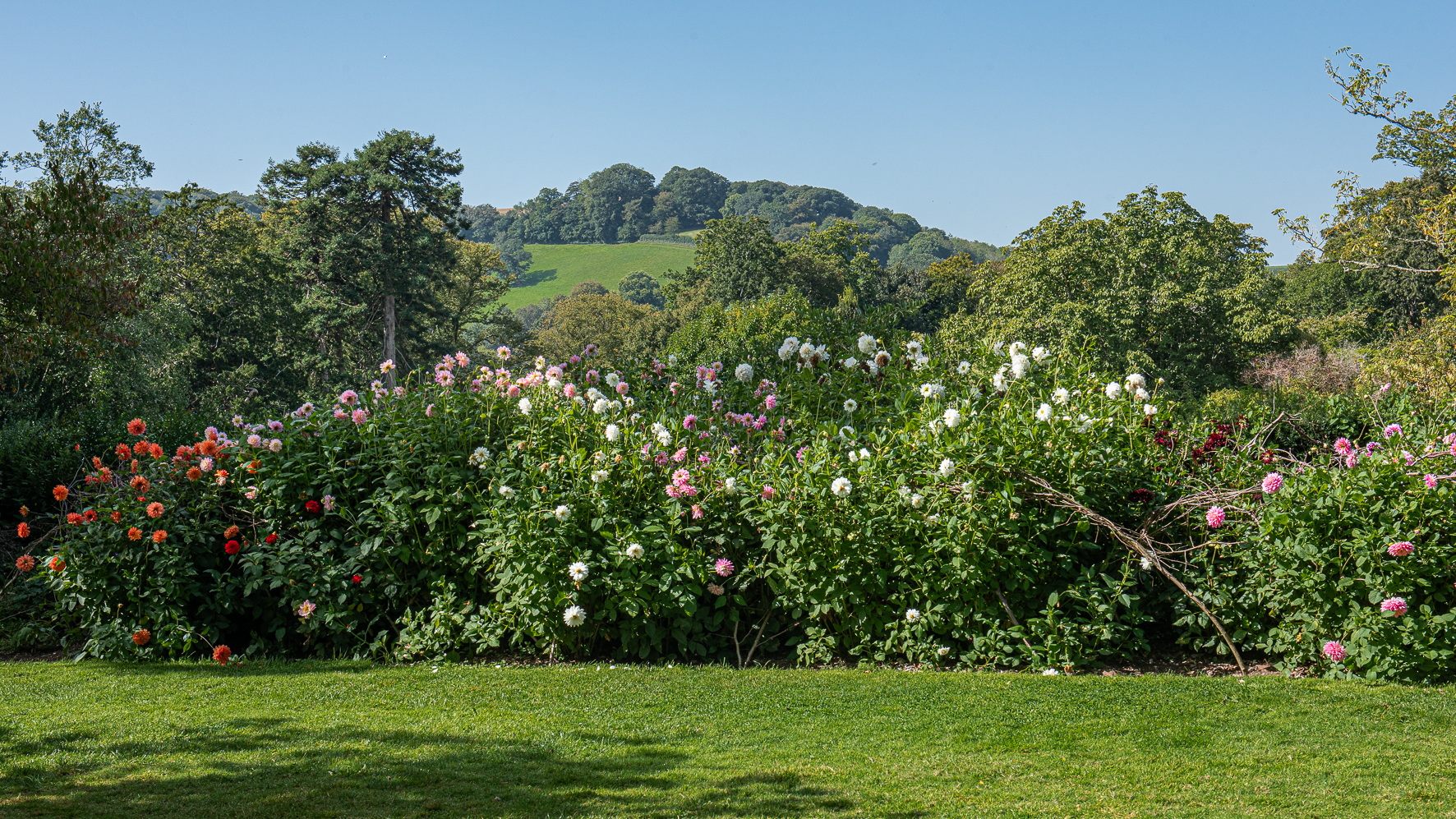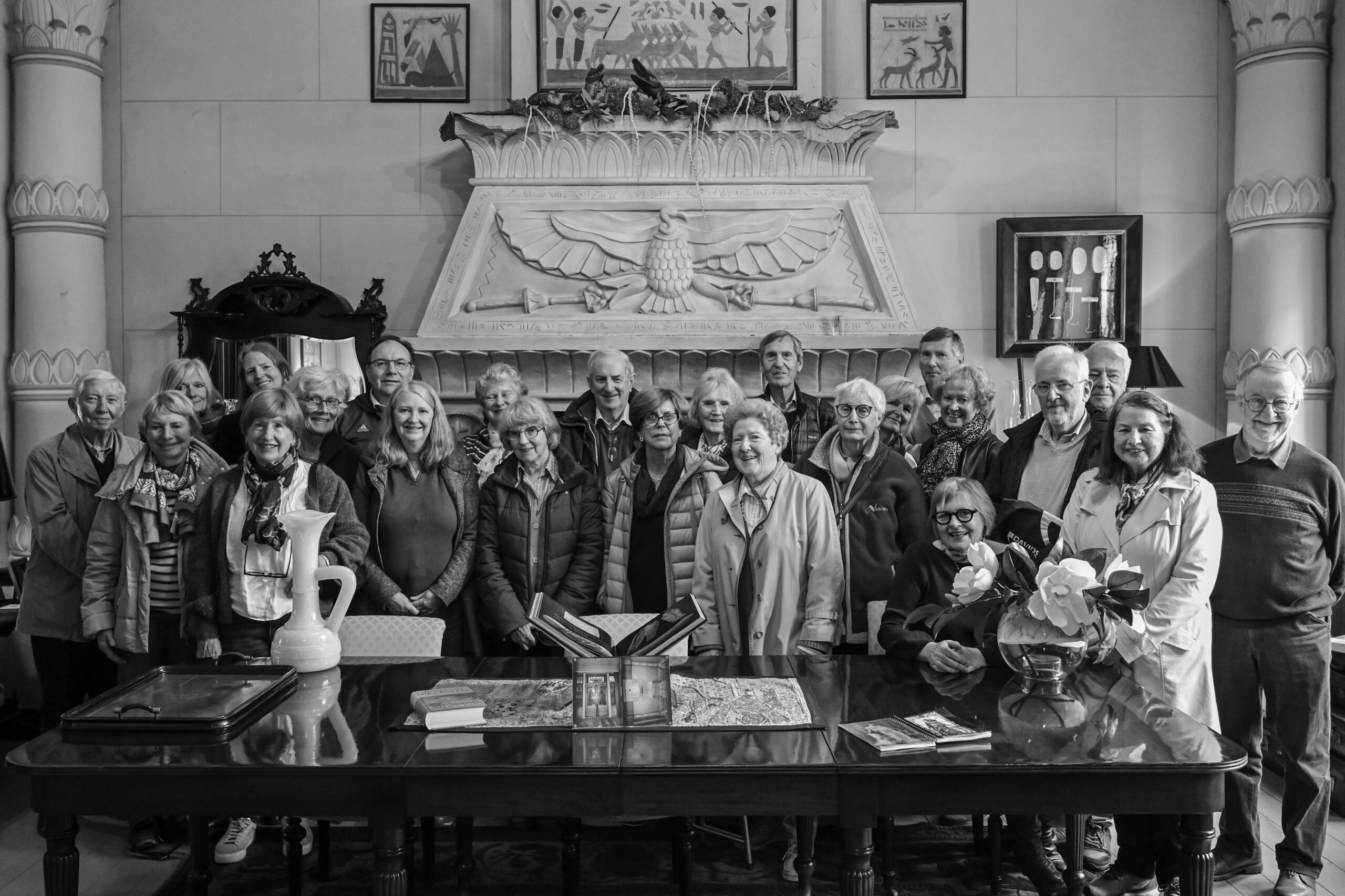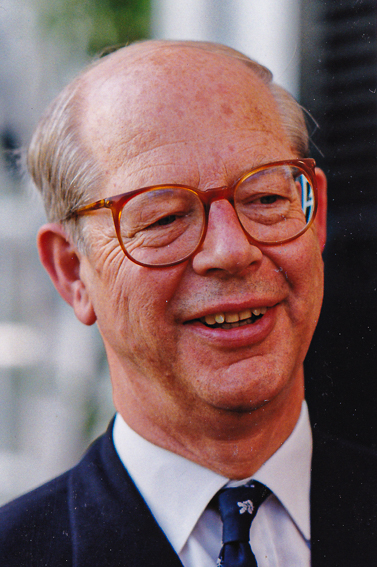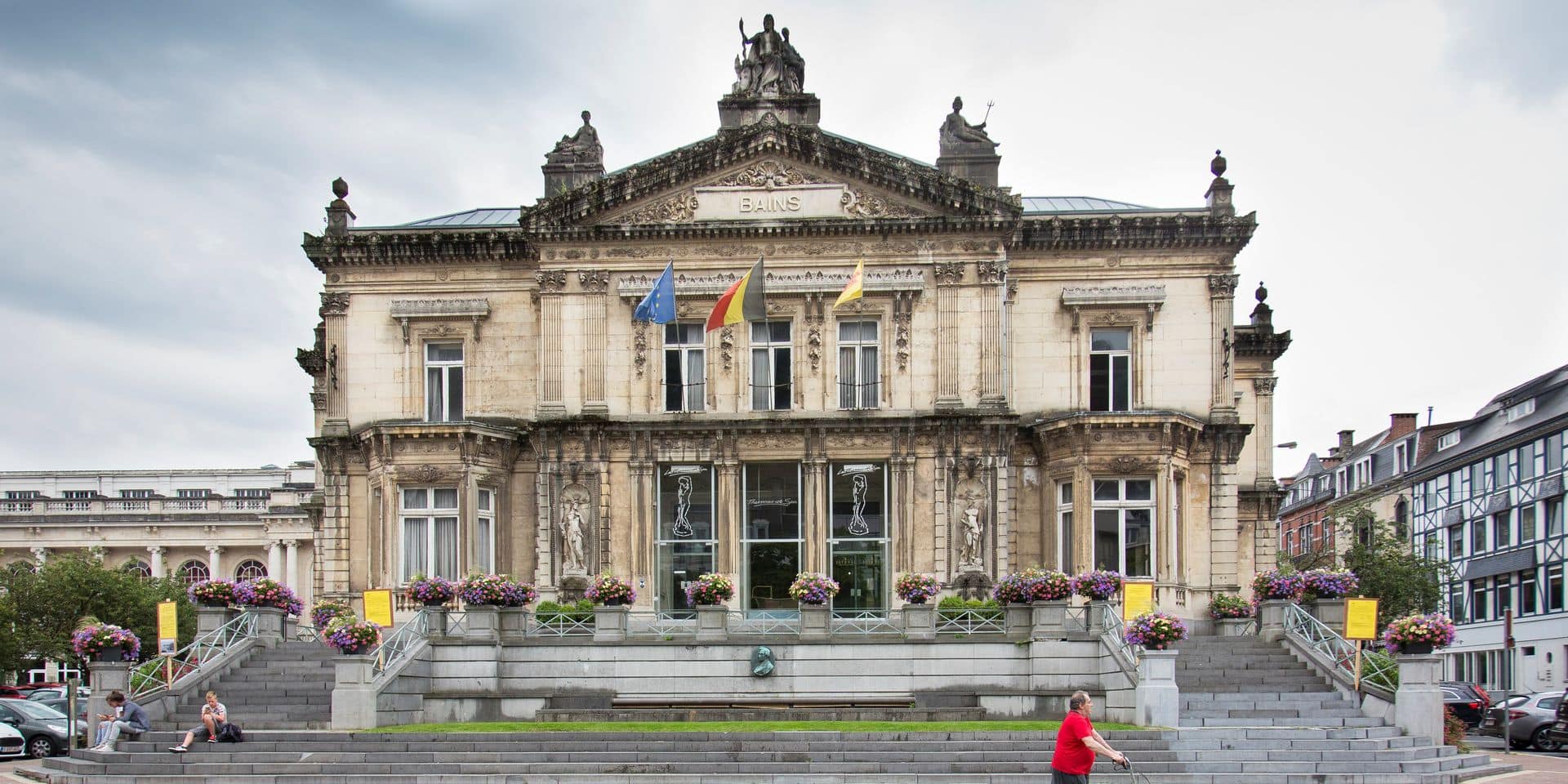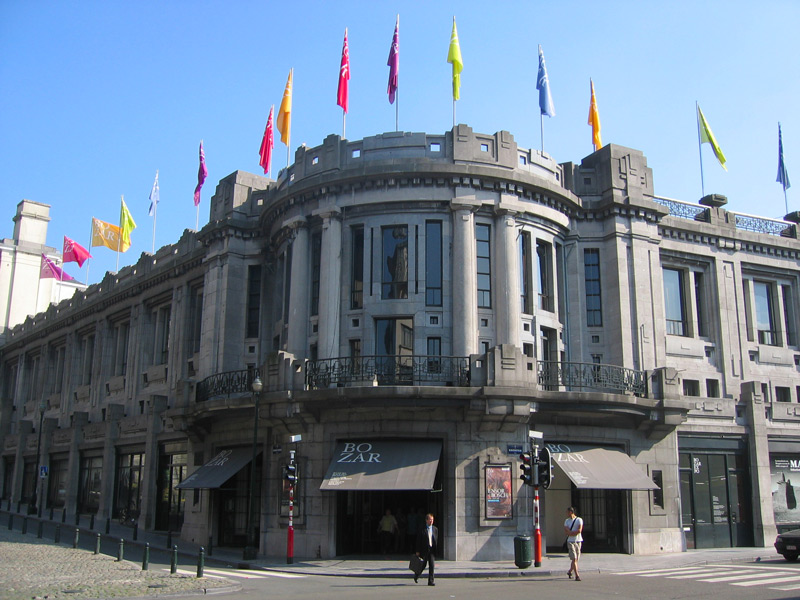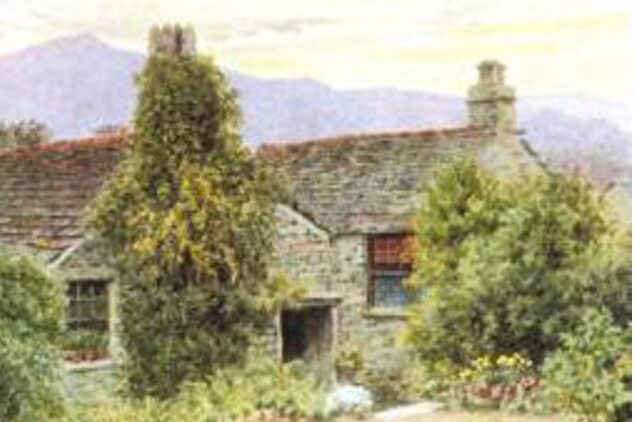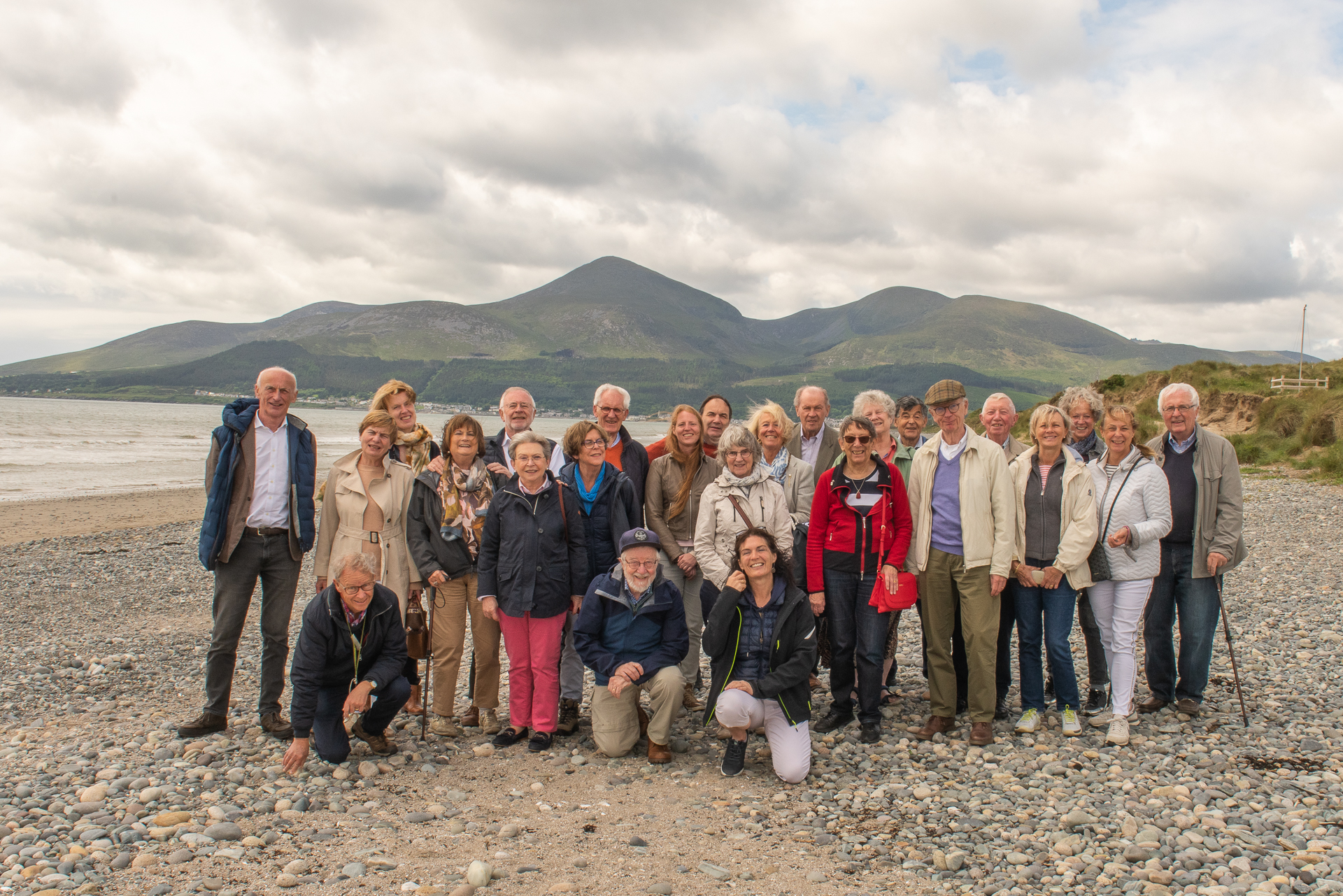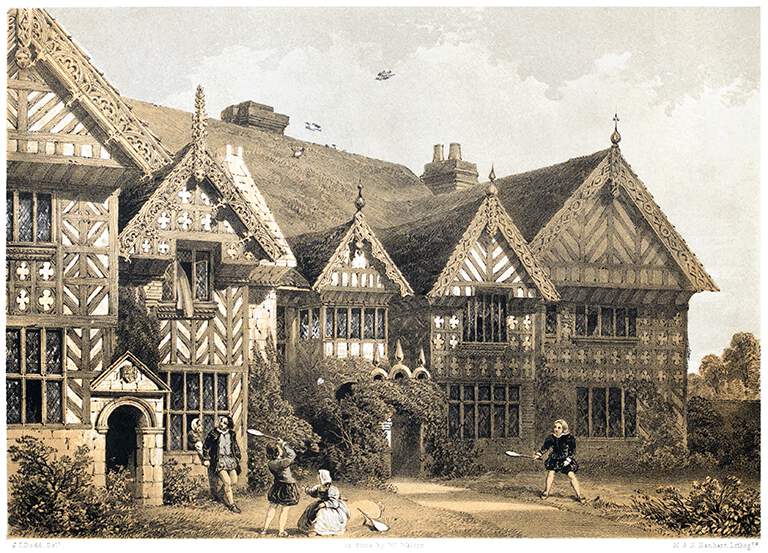A weekend in French Flanders (St. Omer)
On 5 & 6 October 2024, a group of NTAB members stayed overnight in St. Omer in French Flanders and visited La Coupole in Wizernes and the Marais Audomarois in nearby Salperwick.
A report by Jean Trestour
All successfully extracted themselves from the everlasting road works on the Brussels ring to arrive in the early afternoon at the Coupole[1] and meet with a local guide from the rather elaborate tourism center under a splendid autumnal sun. It is a spectacular second world war site, built by nazi Germany and inspired by the aerospace experts of the time headed by Werner Von Braun. A disused chalk quarry harbored a vast network of tunnels to store, equip and fuel some 500 V2 rockets assembled in a concentration camp in northern Germany and sent by rail to the complex. A huge 6m thick reinforced concrete dome (La Coupole) sheltered the site built by thousands of forced local labor[2]. Dozens of missiles a day were to be launched in rapid sequence towards London. The site was so huge and the technology so elaborate for the time, that it was not finished until June 1944 when the war took a positive turn for us! The two launching pads were never built. Samples of V1’s and a V2 rocket are exposed in a well-documented museum. Our guide was good and managed to leave no question unanswered.
The group then motored to the nearby city of St Omer[3] crossed by the Aa, a French river well known to crossword fans. A very active small town full of history and staging an interesting flea market on Saturdays which some of us enjoyed sampling. On the walls an abundance of pamphlets advertising concerts and plays scheduled in a splendid opera building. The local Ibis suitably accommodated most of us overnight after a convivial dinner at “les 3 caves”, a local estaminet staging local unexpensive and rather palatable dishes with a list of beers available fit for a Belgium gourmet.
Marie Claude, an active, well documented and experienced guide we met at the tourist office, kept us busy on Sunday morning going through an astonishingly rich historical city. Audomar, later beatified as Saint Omer, was sent here around the year 600 to found a church[4] on the hill, which will later become a collegiale and even a cathedral! Littered with all the successive chaplains’ tombstones adorned with colorful haut/bas-reliefs, it has beautiful windows and even stages a painting from the school of Rubens. The organ and quite a number of richly decorated chapels, and outside an elaborate sun dial and the western porch did not escape the scrutiny of our eyes. A small climb over the hill nearby in a street rather well protected by a spectacular iron gate “rewarded” us with the visit of the military building established there as a successor of a castle, converted into a prison, later to a family house and now to an empty structure owned by the city! Down below in the city the very rich monastery of St Bertin shone over the city for centuries, provoking the assaults of greedy Vikings.
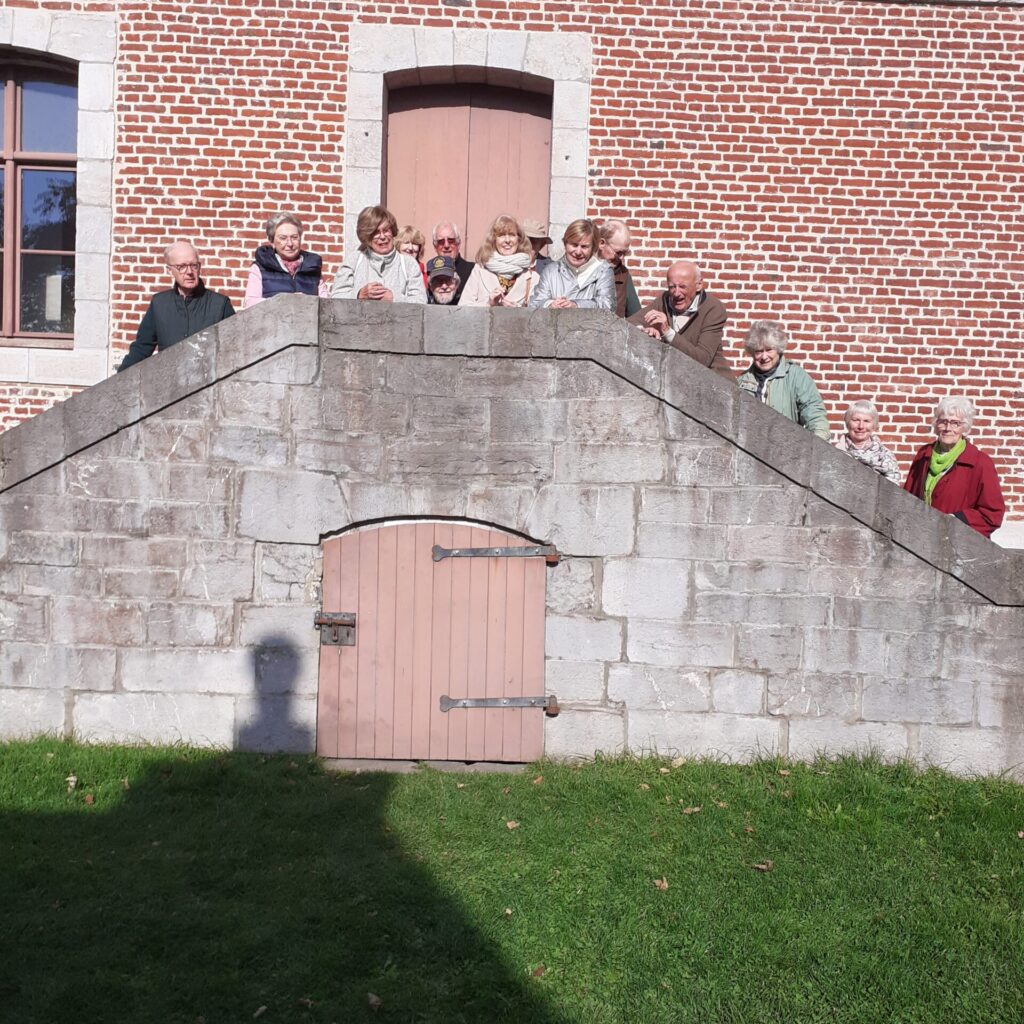
A vibrant textile industry then filled the place with riches that attracted lots of wealthy merchants who built quite beautiful houses. As side comments of general interest delivered en route, Marie Claude reminded most of us about how to recognize the period of a construction by the number of its floors, of the difference between yellow bricks and red bricks and delivered many other valuable observations on the evolution of architecture through the different historical periods. Her endless descriptions and explanations outwitted a lot of us and she left us under a thunderous round of applause.
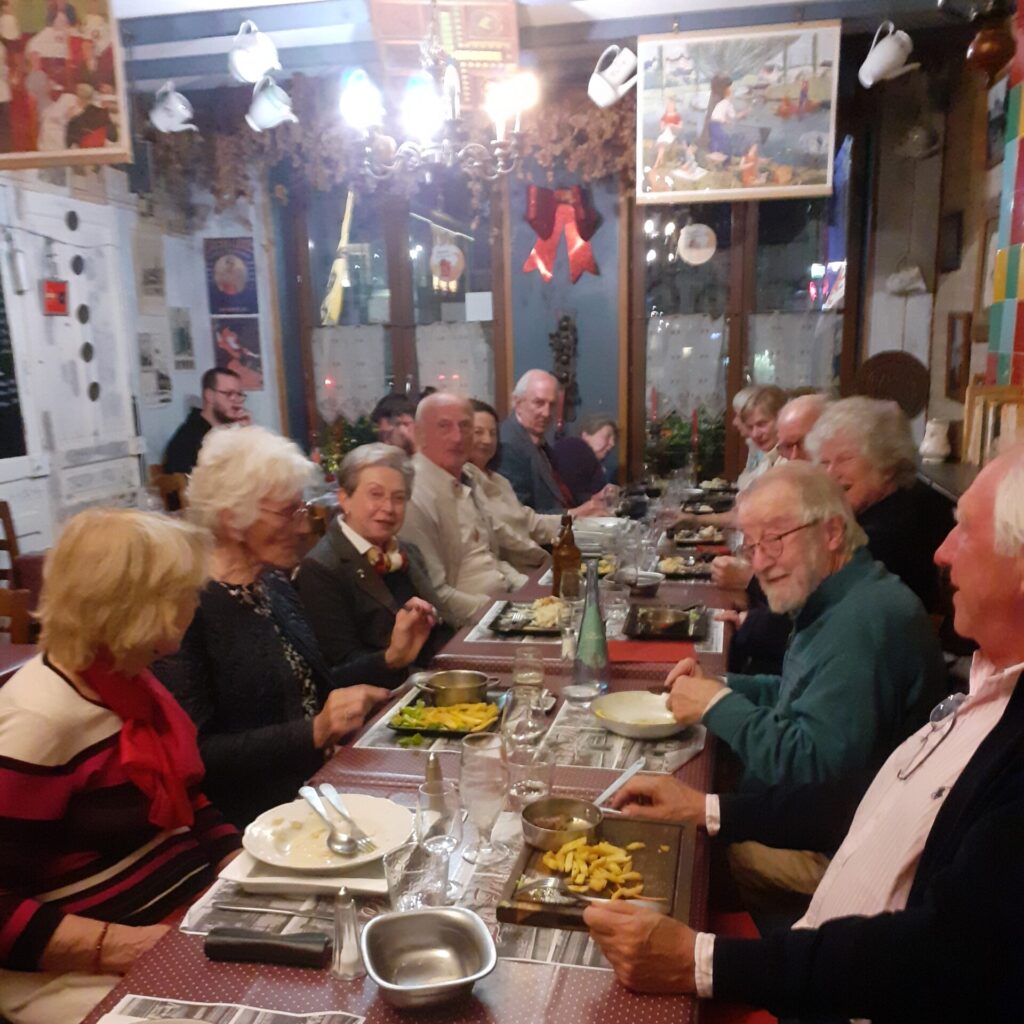
A rewarding lunch in the excellent “Au bon accueil”[5] in nearby Salperwick allowed us to regroup and sustain ourselves before an extremely pleasant, peaceful and digestive trip in the Marais Audomarois in a barge electrically driven. A source of peat for centuries, 37km2 at the altitude of 10m, it now harbours a plethora of estates (5000 owners), of birds and fish and a vast zone of vegetable growers concentrating on cabbage and choux-fleur.
This restful stop was all we needed to drive safely back home through the heavy Sunday traffic and road works again! A very fulfilling and rewarding trip masterly organized by the legendary André!
Jean Trestour
[1] https://en.wikipedia.org/wiki/La_Coupole
[2] One more reason to explain why on top of allied intelligence services, the site was quickly known to our aviation and heavily bombarded, however with little effect on the dome and the tunnels below!
[3] https://en.wikipedia.org/wiki/Saint-Omer
[4] https://en.wikipedia.org/wiki/Saint-Omer_Cathedral
[5] https://bonaccueil-marais.fr
Past Events